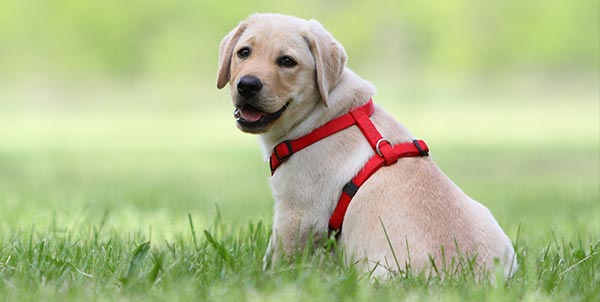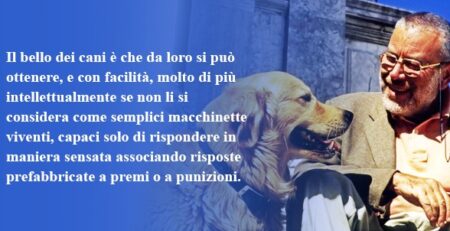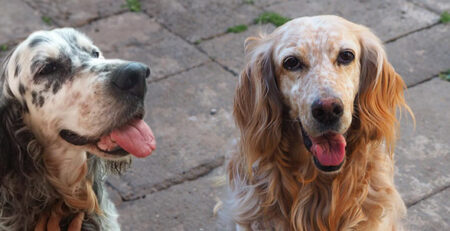Table of Contents
The big dilemma: dog on leash walk with collar or H harness?
Back in the day, it was even hard to find in stores, but today the dog harness is one of the most widely used accessories and its use is contrasted with that of the collar, sparking heated debates among those in the dog lovers’ world about the pros and cons of one and the other.
Beyond the ideological wars between dog owners, trainers, educators and trainers, let us try to evaluate the functionality of the harness and collar in relation to the benefits and disadvantages their use may cause.
What do we know about the dog’s neck?
The dog’s neck is an area rich in nerve endings and glands.
From a physiological point of view, a collar on which pressure of a certain intensity is concentrated inevitably stresses very delicate organs such as the larynx, thyroid gland and trachea.
And all dogs, some more and some less, pull on the leash.
The problem does not only affect so-called
dogs
“
big shooters
“.
Even a dog that generally walks on a leash without pulling will sooner or later encounter an interesting stimulus such as a scent or another dog, and exert a sudden pull that will directly affect soft tissues such as the throat and trachea or the back.
Studies on the negative effects of the collar on the dog’s neck
Scholars from Trent University and the University of Nottingham used a model to simulate the dog’s neck and measured the force applied when the leash is pulled.
A model of a dog’s neck was made on which collars of different material, height and thickness were placed.
Three different forces were then applied to simulate a dog barely pulling, a dog pulling hard, and a sharp tug on the leash.
A pressure sensor measured the forces applied in the center and sides of the collar
Well, the pressure detected by the sensors returned higher values than those capable of leading to neck tissue damage that have emerged in research in humans.
In contrast, a Swedish study showed that 63% of the dogs observed had back problems.
Of these, 91% had been restrained or tugged with the use of the collar.
Another Norwegian study showed that out of 350 dogs, 75% had neck problems without their owners ever noticing it
In short, continuous choking or tugging (even involuntary) causes problems in the vertebrae of the neck, and spine, trachea, and thyroid.
And again, they raise eye pressure (with great risks for dogs suffering from ophthalmic conditions) as well as making the dog much more irritable and nervous.
Restraining the dog by the neck also limits his ability to move, negatively affecting his ability to communicate with us or his peers.
Trying is believing
Do you want to get an idea of what your dog feels when he is tugged?
Press your fingers for a few moments on your throat.
Do you feel discomfort? Obviously.
Well, try now to multiply this annoyance by the countless times you voluntarily or unintentionally yank your dog on a walk and imagine the choking sensation your four-legged friend may feel.
The H-shaped dog harness: the right accessory for the walk
The harness, specifically the H-shaped harness, is the leadership tool that most ensures the dog’s mental and physical well-being.
No coercion or inappropriate manipulation is required to get it on; it slips on like a collar and gives the animal complete freedom of movement.
The result is a relaxed state for the dog that positively affects its relationship with the human and the way it perceives the outside world.
Two different approaches to the relationship with the dog: coercion and communication
One of the problems that often arise in the human-dog relationship lies in the very moment of the walk.
The situation is often this: the dog pulls and the human in turn yanks the dog toward him, almost choking him, because he is unable to handle it any other way but through an act of force.
In this sense, the collar takes on the function of a coercive tool but beware!
A proper human-dog cohabitation relationship must be based on understanding the dog’s signals, emotional states, and possible demands, and certainly not on coercion.
No collar or harness can ever replace the ability to understand what the dog is telling us.
In order for there to be a good affinity between a dog and its human, it is necessary to work on communication.Behaviorists and educators are the professionals to turn to when it is necessary to seek the help of a dog expert.
If you would like a consultation with a behavior expert, the Medical Specialists on our Staff are always happy to provide you with all the information you need.
We also remind you that in case of need and urgency Clinica La Veterinaria is always open h24 every day including holidays and with First Aid service from 8 pm to 8 am.
For the joy of seeing them HAPPY










